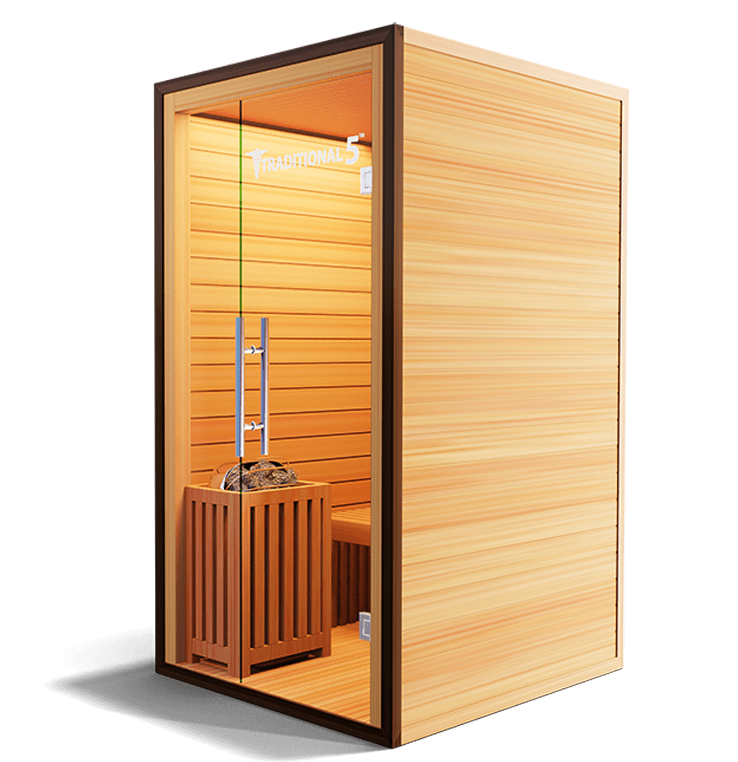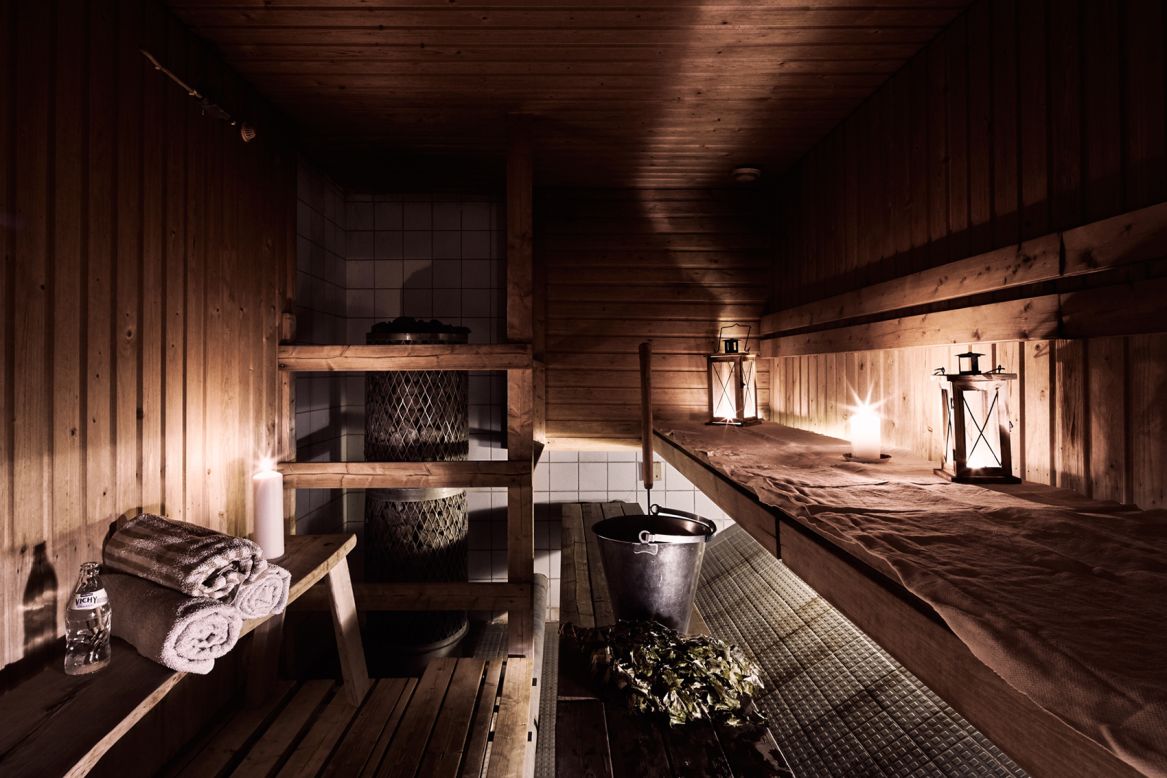Some Known Incorrect Statements About Traditional Sauna
Wiki Article
Traditional Sauna Fundamentals Explained
Table of ContentsSome Ideas on Traditional Sauna You Need To KnowThe Buzz on Traditional SaunaThe 6-Minute Rule for Traditional SaunaThe smart Trick of Traditional Sauna That Nobody is Talking About
A lot of the weight lost in a sauna is water loss and is re-gained upon rehydrating. Without a doubt sauna can be a vital part of a healthy weight loss program. To look at the differences between conventional and IR saunas, I will certainly divide these right into verifiable, theoretical, and fabricated distinctions.Therefore, the most popular factor in the saunawhich goes to the ceiling straight over the sauna heateris typically between 185 and 190 F. Traditional Sauna. Claims that a conventional sauna surpasses 200 F is merely not true and not suitable for electric saunas offered in the United States. The temperature level for a far-infrared sauna is usually established in between 120 and 140 F; however, unlike the traditional sauna, the goal in and IR room is not to achieve a high temperature
Due to this, the temperature level difference is practically pointless, given that profuse sweating leads to both sauna types, but the method of heating up the body is various. In an IR sauna the bather will feel warm and will sweat a lot, yet at a lot lower temperatures. Hence, if the goal is to invest longer amount of times in the sauna, the IR sauna is a great choice.

Unknown Facts About Traditional Sauna
When the heat is accomplished, the aspects cycle on and off to preserve the high temperature. A lot of typical sauna users delight in pouring water over the rocks to create heavy steam to increase sauna humidity levels. The advantages of putting water over the rocks include: making the space extra comfortable, moistening the nasal passages, and allowing the use of aromatherapy by mixing necessary oils with the water.In a far-infrared sauna, the warm front pass through the body to successfully heat the body and raise the body core temperature. To achieve this enhanced temperature, Far-infrared emitters produce infrared power which is close to the same wavelength as that which the body naturally emitsoften referred look what i found to as the "Crucial Array" of 7 to 14 microns), so the energy is well received by the body.
When the power gets in the body, it creates the body temperature to raise and eventually leads to perspiration. In an infrared sauna it is necessary for the emitters/heaters to remain on almost regularly. Considering that there is no mass of rocks to retain warm, the sauna will certainly cool down if the emitters shut down.
As stated above, the sauna bather in an infrared room wishes to place himself before operating emitters to get optimal take advantage of the warmth. The home heating time for the two areas can be really different, depending upon how the rooms are made use of. For a standard sauna, a bather needs to allow 30-40 mins for the area to achieve a desired temperature level and to effectively pre-heat the rocks.
The Single Strategy To Use For Traditional Sauna
A well built sauna will normally accomplish a temperature level of 150-160 F in concerning 30-40 minutes. For hotter temperatures, the space might require to heat for a longer period.To some, 15 minutes was "wasted" while the infrared energy warmed the timber panels instead of heating a body, while others find a pre-heated space to be much more comfy and believe a raised starting temperature is necessary to start sweating. The size of recommended usage for each room is around the same (10-15 minutes per session); nevertheless, because of the lower air temperature levels and the ability to feel the impacts of infrared warm much faster than a conventional sauna, it is not unusual for an individual to invest an overall of 20-30 minutes in an infrared sauna.
Typical saunas tend to be bigger (therefore make use of more electricity) than infrared saunas, although conventional saunas are absolutely readily available in one and two individual dimensions. For a click here now two-person typical sauna, 5x6 or 5x7 dimension is most prominent. The top bench can pleasantly seat two or 3 people and is additionally enough time to rest during the sauna session.


The typical expense per kWH of electricity in the united state is around $0.11, so a 4.5 kW heating system will certainly set you back around $.50 to run for one hour, if the heater runs constantly for one hour. Generally a sauna heater will certainly compete 75% of the initial hour and 50% of subsequent hours on given that the aspects cycle once the established temperature is achieved.
The 6-Minute Rule for Traditional Sauna
A 2 individual far-infrared area is normally literally smaller than a conventional sauna, often regarding 4' x 4' or smaller sized. The IR heating system is commonly 1.5-1.7 kW using a 120 volt 15 amp plug-in service. Since the space can be used earlier than a sauna room, we will certainly assume the Learn More Here space is utilized for to of an hour consisting of warm up time.There is a seldom gone over distinction in the social experience in between the 2 areas. While our society has shed a few of the social benefit of the typical sauna experience, it can be extremely socially fulfilling. From family members time in the sauna, to heart-felt conversations with better halves, to sauna partiesthe standard sauna experience can cause intimate mingling.
Most higher end infrared areas consist of tinted light treatment, noise systems and full-glass fronts.
Report this wiki page